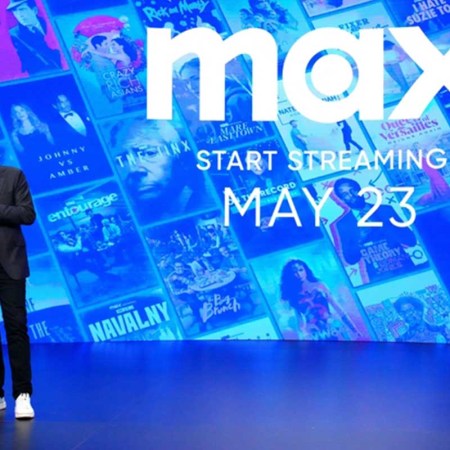We’ve been talking about the decline of streaming services for years now, but it looks like there’s some good news for platforms like Hulu and Netflix. According to Deadline, the latest Nielsen report shows that streaming viewership surpassed that of both broadcast and cable TV combined for the first time in May.
More specifically, streaming accounted for 44.8% of viewership via TV screens that month, while broadcast (20.1%) and cable (24.1%) combined for a total 44.2% of overall TV viewership. On the surface, that feels significant, but it’s worth noting that streaming services also, in many cases, include content owned and distributed by broadcast or cable networks. So if you happen to watch, for example, an episode of Saturday Night Live on Peacock the next day instead of watching when it aired on NBC, your view would still be counted as streaming. Through that lens, none of this is particularly surprising; we’ve known for more than a decade now that more people prefer to stream shows at their leisure than wait for them to air on TV.
Max Is Becoming “HBO Max” Again, Because of Course They Are
Warner Bros. Discovery announced the change during their upfront presentation on WednesdayWhat’s more alarming for both streaming services and broadcast and cable networks is the fact that YouTube viewership continues to surge. In May, YouTube had its highest share of TV viewing ever, at 12.5%. Per Deadline, that 12.5% was also a bigger share any streaming service to date. (Remember that the 44.8% includes all streaming services, from major players like Netflix, Hulu and Disney+ to smaller services like Starz or Shudder.) YouTube’s 12.5% share was five full percentage points higher than that of Netflix’s.
Even Nielsen warns that the streaming surge could potentially taper off. “While the milestone of streaming exceeding traditional TV viewership is almost certainly not permanent, it presumably will be in the near future,” the report reads. “This trend could continue into the summer months, but the balance will likely shift back — at least temporarily — as football kicks off and a new broadcast season returns.”
This article appeared in an InsideHook newsletter. Sign up for free to get more on travel, wellness, style, drinking, and culture.




















